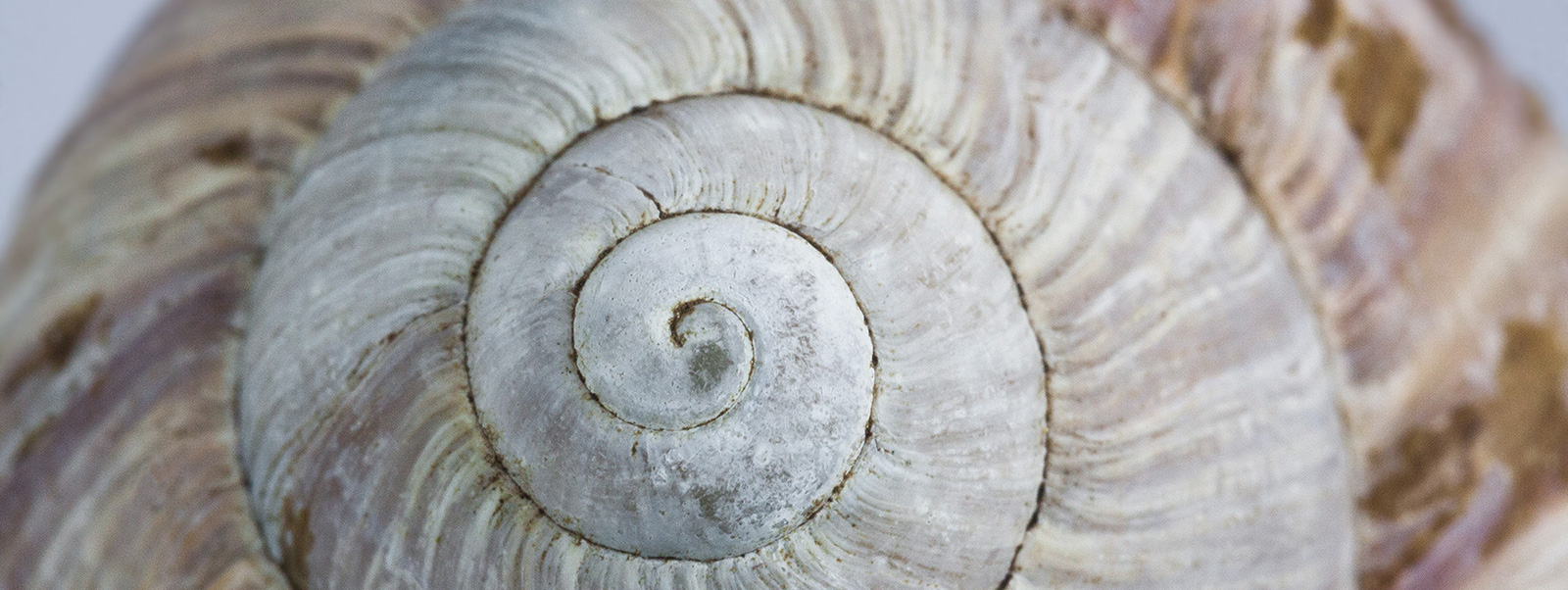Out of Reach
 Like the shimmering wing of a dragonfly, a sliver of silver juts out of an ancient sea of sand. It’s the wing of a DC 10 that casts a long shadow across the tawny sand of the Sahara. A delicate silhouette of an aircraft encircled by dark stones and 170 broken mirrors marks the place where the white hot fire of a bomb of terror melted the bodies of 170 men, women and children on September 19th, 1989. It’s where Guillaume Denoix de Saint Marc and others have marked the place where the ones they love have died.
Like the shimmering wing of a dragonfly, a sliver of silver juts out of an ancient sea of sand. It’s the wing of a DC 10 that casts a long shadow across the tawny sand of the Sahara. A delicate silhouette of an aircraft encircled by dark stones and 170 broken mirrors marks the place where the white hot fire of a bomb of terror melted the bodies of 170 men, women and children on September 19th, 1989. It’s where Guillaume Denoix de Saint Marc and others have marked the place where the ones they love have died.
Guillaume was twenty-six years old when his father Jean-Henri boarded the UTA flight 772 in Brazzaville. The flight that never arrived in Paris. For Guillaume and so many others this monument etched across the shifting sands has been a quest for peace and for justice that has consumed eighteen years of his life. As the ghosts of grief haunted him, he lost his business and his marriage. But the memorial to his father and all the others that died then can be seen from Google Earth and from the aircraft that still fly over this vast sea of sand. And although the desert will irrevocably draw into its hot belly the debris of the plane and the 170 broken mirrors, his act of grieving has been given form. Though the pain of loss will be there, I suspect, for as long as he lives.
Closure has been assimilated into the common lexicon. Like the admonishment to “move on” after a devastating divorce or the loss of something we cherish like a precious pearl and keep enclosed in the chambers of our heart. Closure means to bring something to an end. A conclusion. Like lowering a coffin into a grave and shovelling lumps of soil on top. Closure is often accompanied by a gaggle of shoulds and ought-tos that suggest that closure is something we can order like a new app on our iPhone. Closure implies that grief has a time frame, a sell by date. And that in our grieving, one size fits all.
 Yet despite our best efforts and our bright smiles, we may find that we can’t fix grief or sew the frayed ends of grief together neatly. We can’t superglue the jagged cracks in our hearts. Grief seeps under the door at anniversaries. And stays over the holidays like an uninvited guest. It makes itself at home when we hear a certain melody or smell a scent that reminds us with a sudden sharp tear at the sutures of time, that our hearts are tattooed. Our loss is indelible. The one we love is out of reach, disincarnate. The only link we have is the silver cord that tugs at our heart. A reminder of what we had, what we lost. The temptation to return to the place of suffering is a siren call, for the rocks are jagged and the waves engulf us and suck us back with the undertow. So we straighten our spines stoically. Or invite Grief in like an old friend to brings us news of the one we love.
Yet despite our best efforts and our bright smiles, we may find that we can’t fix grief or sew the frayed ends of grief together neatly. We can’t superglue the jagged cracks in our hearts. Grief seeps under the door at anniversaries. And stays over the holidays like an uninvited guest. It makes itself at home when we hear a certain melody or smell a scent that reminds us with a sudden sharp tear at the sutures of time, that our hearts are tattooed. Our loss is indelible. The one we love is out of reach, disincarnate. The only link we have is the silver cord that tugs at our heart. A reminder of what we had, what we lost. The temptation to return to the place of suffering is a siren call, for the rocks are jagged and the waves engulf us and suck us back with the undertow. So we straighten our spines stoically. Or invite Grief in like an old friend to brings us news of the one we love.
Pierre Francois Ikias’s 14-year-old brother Fleury le Prince was on that fated flight. “You wouldn’t have thought that 18 years on, the shock would have been quite so palpable – but when you see the destruction, the pieces of aeroplane scattered around, the seats, the remains of people’s luggage – the emotion grabs you by the throat. Unfortunately my brother’s body was never found, so this journey was my way of grieving. While we were there, one of the drivers of the convoy found a human skull, which we buried on site. For me it really was like saying goodbye and burying my brother.”
Says psychologist Stephen Grosz in his book, The Examined Life, “I’ve long thought that Kubler Ross was wrong. The “psychological stages” of dying and grieving are wholly different. For the person who dies there is an end, but this is not so for the person who grieves. The person who mourns goes on living and for as long as he lives there is always the possibility of feeling grief.”
Perhaps part of our experience on this earth is to experience a multitude of emotions. In the turbulence of confusion and the broken shards of loss, the human heart opens into its nobility. This is the potency of the soul’s response to Love.
And yet, for some the only way to lance the boil of grief is to plot our revenge. To shrink and harden our hating hearts. To get back at those who have harmed us, an eye for an eye. Blindly we stand in the harsh glare of our loss. In our pain we spin the wheel of war, terrorism, holocaust and suffer still. “Revenge is like drinking rat poison and expecting the rat to die,” writes novelist Anne Lamott. It’s a poison that prolongs our agony. Embalms our grieving. There is no closure in revenge. Peace remains elusive, out of reach.
 Says Stephen Grosz, “We want to believe that the clairvoyant can bring our dead back in to the world of the living. Closure is just as elusive – it is the false hope that we can deaden our living grief.”
Says Stephen Grosz, “We want to believe that the clairvoyant can bring our dead back in to the world of the living. Closure is just as elusive – it is the false hope that we can deaden our living grief.”
So in grieving perhaps there is no closure. No great literature, art, or music would exist if it were not for grief and suffering and the transcendent Grace of Love. As we bargain, beg, rage and rail against the brutal inevitability of endings, our wails become poetry and sweet music. The salt from our tears softens our hearts. In our grieving we build a monument to Love.
Gabrielle’s beautiful rendition of Out of Reach
Read the full story about this memorial that can be seen from space.



